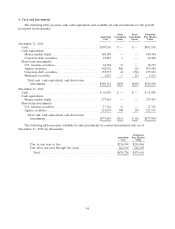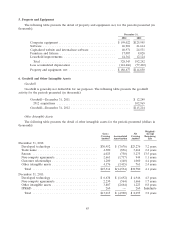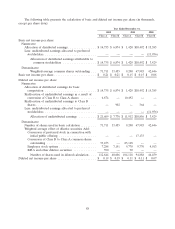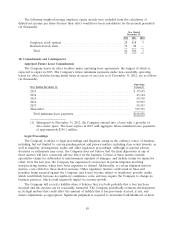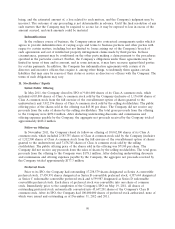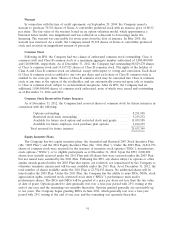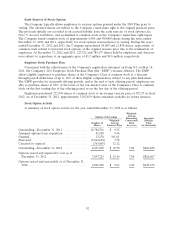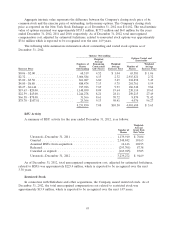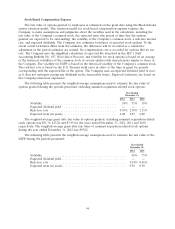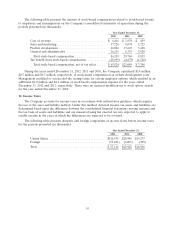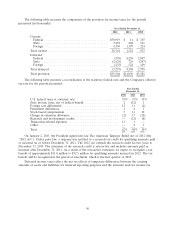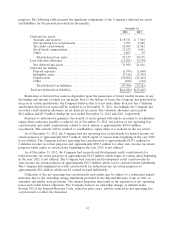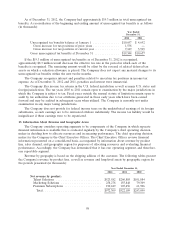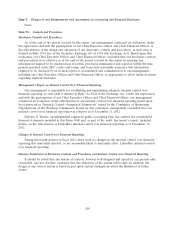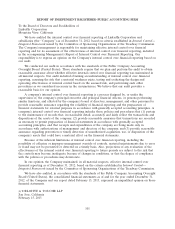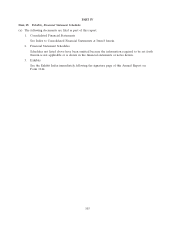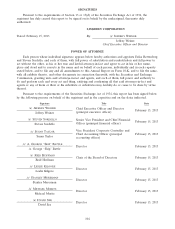LinkedIn 2012 Annual Report Download - page 96
Download and view the complete annual report
Please find page 96 of the 2012 LinkedIn annual report below. You can navigate through the pages in the report by either clicking on the pages listed below, or by using the keyword search tool below to find specific information within the annual report.
Stock-Based Compensation Expense
The fair value of options granted to employees is estimated on the grant date using the Black-Scholes
option valuation model. This valuation model for stock-based compensation expense requires the
Company to make assumptions and judgments about the variables used in the calculation, including the
fair value of the Company’s common stock, the expected term (the period of time that the options
granted are expected to be outstanding), the volatility of the Company’s common stock, a risk-free interest
rate, and expected dividends. The Company also estimates forfeitures of unvested stock options. To the
extent actual forfeitures differ from the estimates, the difference will be recorded as a cumulative
adjustment in the period estimates are revised. No compensation cost is recorded for options that do not
vest. The Company uses the simplified calculation of expected life described in the SEC’s Staff
Accounting Bulletin No. 107, Share-Based Payment, and volatility for stock options is based on an average
of the historical volatilities of the common stock of several entities with characteristics similar to those of
the Company. The volatility for ESPP is based on the historical volatility of the Company’s common stock.
The risk-free rate is based on the U.S. Treasury yield curve in effect at the time of grant for periods
corresponding with the expected life of the option. The Company uses an expected dividend yield of zero,
as it does not anticipate paying any dividends in the foreseeable future. Expected forfeitures are based on
the Company’s historical experience.
The following table presents the weighted-average assumptions used to estimate the fair value of
options granted during the periods presented, excluding assumed acquisition-related stock options:
Year Ended
December 31,
2012 2011 2010
Volatility .......................................... 54% 55% 58%
Expected dividend yield ............................... — — —
Risk-free rate ...................................... 0.95% 2.58% 2.15%
Expected term (in years) .............................. 6.08 6.07 6.08
The weighted-average grant date fair value of options granted, excluding assumed acquisition-related
stock options was $51.76, $13.28 and $3.99 for the years ended December 31, 2012, 2011 and 2010,
respectively. The weighted-average grant date fair value of assumed acquisition-related stock options
during the year ended December 31, 2012 was $95.82.
The following table presents the weighted-average assumptions used to estimate the fair value of the
ESPP during the periods presented:
Year Ended
December 31,
2012 2011
Volatility ............................................... 48% 75%
Expected dividend yield ..................................... — —
Risk-free rate ............................................ 0.14% 0.06%
Expected term (in years) .................................... 0.50 0.50
94


